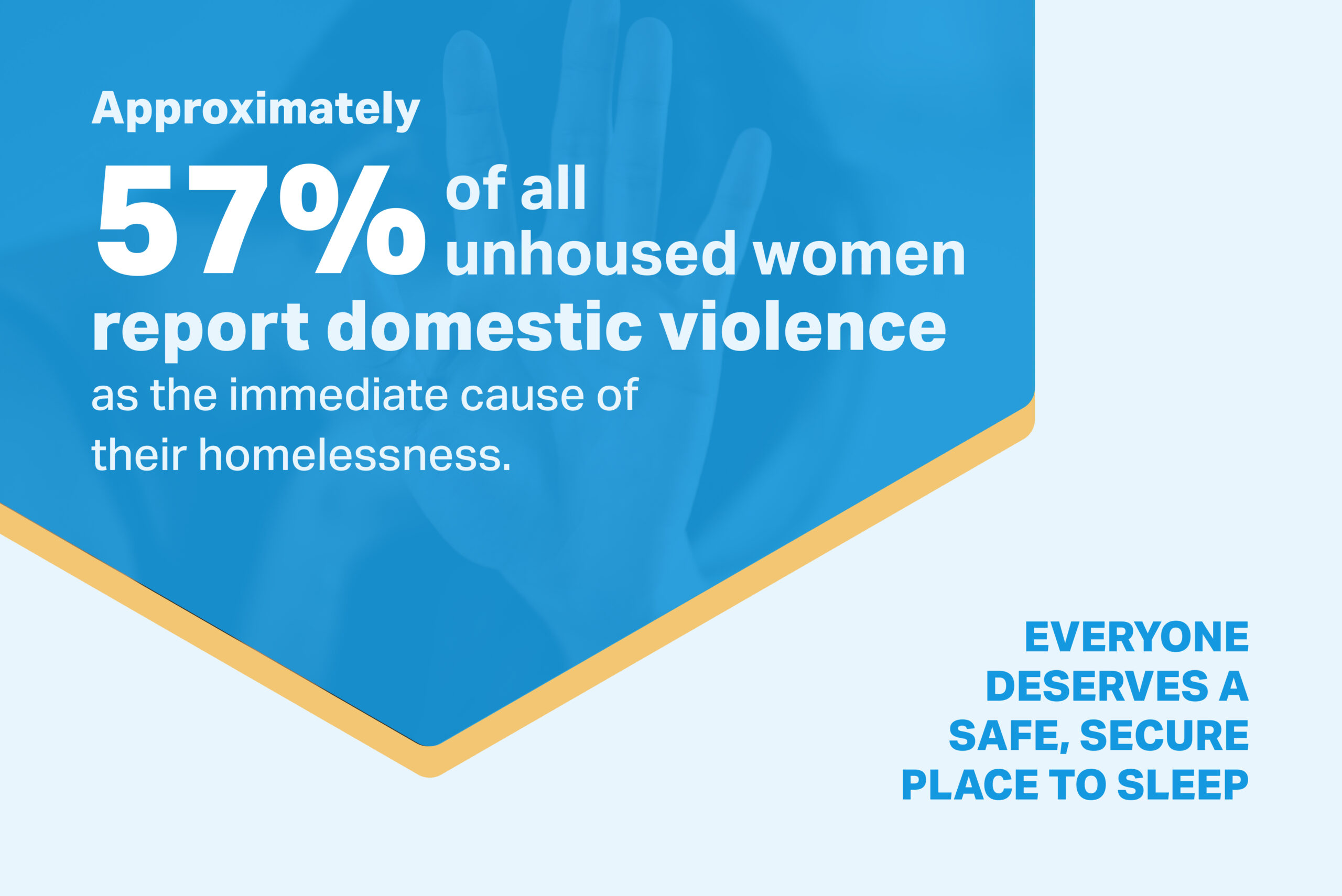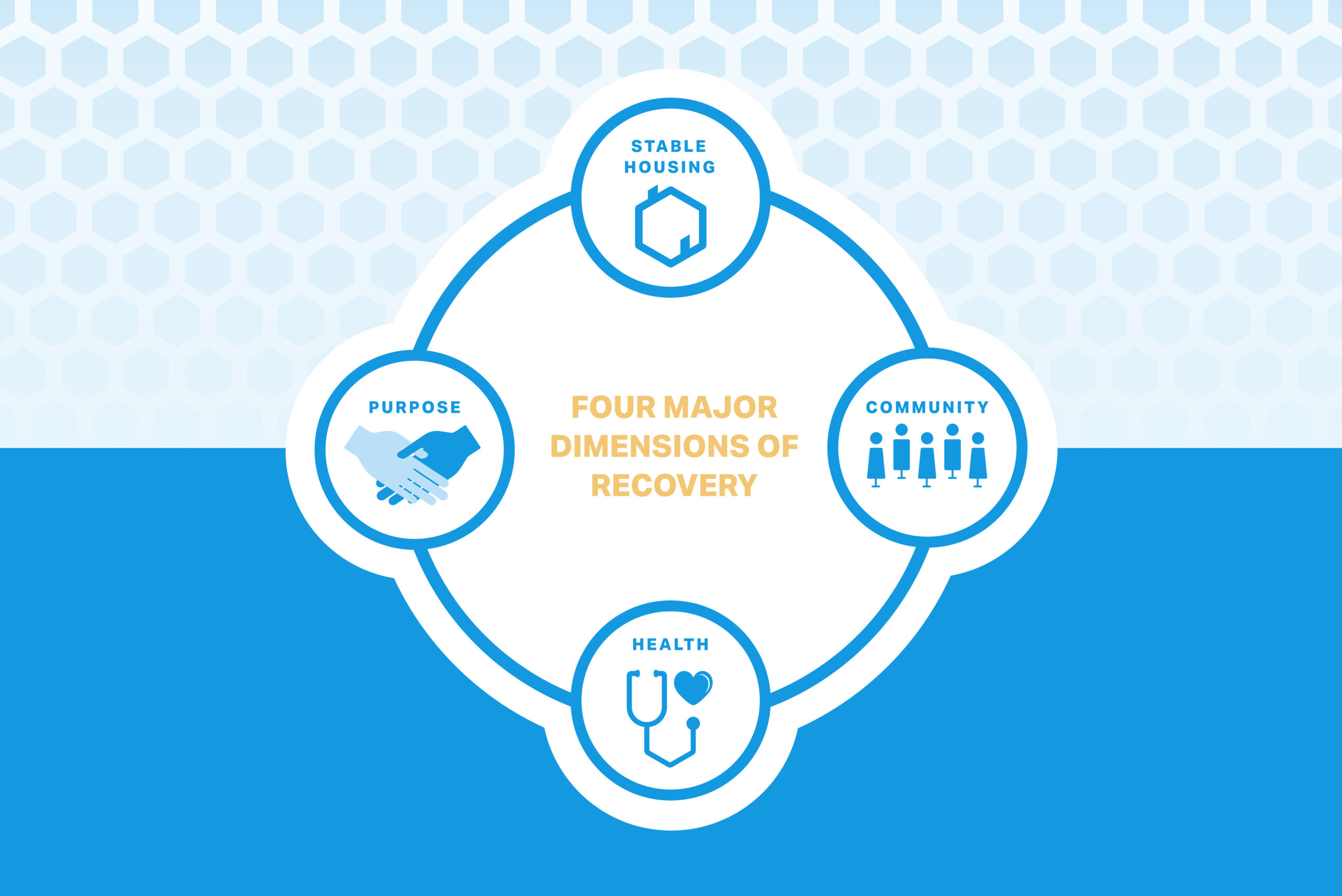How climate change harms displaced communities
July 10, 2023

Devastating storms, unseasonable heat waves, and engulfing floods have become so common they seem like a fact of life. The frequency of destructive, costly climate and weather-related disasters have surged five-fold in the past 50 years.
But the aftermath doesn’t affect everyone equally: marginalized, low-income, and displaced populations have fewer resources to recover after a disaster and face more severe impacts. Relief efforts are usually focused on assisting those who are already insured, leaving vulnerable socioeconomic groups with little ability to salvage their living situation.
Climate change has serious implications for threatening the lives of people experiencing homelessness as well as displacing vulnerable communities. It is crucial that we address these disparities. By providing rapid and safe emergency shelter, offering supportive services like access to food and healthcare, and including unhoused populations in disaster planning, we can create a more equitable system and mitigate further tragedy.
Environmental injustices for marginalized communities
In the case of disasters like flooding, hurricanes, and wildfires, systemic inequities are brought to light, showing that historically marginalized and lower-income populations are affected disproportionately. Relief efforts help most people find emergency shelter, but if you’re uninsured, often times the assistance stops there—recent floods and wildfires have caused widespread damage and displaced those without adequate resources to rebuild their homes.
Hurricanes have been an overwhelming contributing factor in the homelessness crisis: Hurricane Katrina was the largest weather-displacement event in modern history, its survivors composing the majority of New Orleans’ homeless population still 18 years later; the 2017 Atlantic hurricane season caused the displacement of three million people across the U.S., Cuba, Puerto Rico, and the Dominican Republic; and 2022’s Hurricane Ian, Florida’s deadliest storm in nearly 100 years, left many residents of low-income neighborhoods with nowhere to go.
The aftermath of such events causes the greatest damage to unsheltered people and marginalized communities living in lower-income areas. The reality of historically racist practices like redlining means that affordable housing is more likely to be built in flood-prone areas, and less likely to be rebuilt after a disaster. This is just one of many examples demonstrating how the root causes of homelessness and wealth inequity are further amplified and perpetuated in the wake of disastrous events.
Harsh cold and sweltering heat
Even with the normal shift of seasons, weather conditions can be hazardous to people experiencing homelessness.
For those with stable housing and reliable heating, winter doesn’t pose a serious threat even in the coldest climates. It’s not the same story for unhoused communities: people are at immediate risk of frostbite and hypothermia when temperatures drop, and as congregate shelters fill up, they have no place to turn. The lack of emergency shelter options and affordable housing means winter can have deadly consequences for our unsheltered neighbors.
And with wildly fluctuating temperatures caused by climate change, conditions are becoming more unpredictable and life-threatening. Global studies have shown how unsheltered individuals are 13 times more likely to die from hypothermia in the wake of worsening cold snaps, and survivors having shortened lifespans by an average of 17.5 years due to cold stress-induced conditions.
Heat waves are worsening, too. Between 2019 and 2020 in Maricopa County, AZ, researchers found that over 2.5 times the amount of people experiencing homelessness died of heat-related conditions. The “heat island” effect, in which temperatures rise in urban areas with less green infrastructure and a higher concentration of buildings and population density, also disproportionately affects unhoused people seek shelter.
In addition, it has been shown that public announcements regarding dangerous heat waves are not designed to reach vulnerable, unsheltered populations, leaving many unaware of the approaching threat of extreme heat.
Health risks, food shortages, and energy instability
Beyond weather and natural disasters, there are several wide-ranging effects of climate change that pose threats to people experiencing homelessness. A negative impact on health outcomes is one.
Living outdoors exposes unsheltered communities to significant risks: air pollution can aggravate underlying respiratory and cardiovascular conditions; vector-borne infectious diseases like West Nile virus and Lyme disease are more likely to spread; and exposure to either short-lived or prolonged weather-related trauma can worsen preexisting mental health issues.
Extreme weather and climate events also affect food security and water quality. Crops are commonly wiped out by floods, hurricanes, and wildfires, causing shortages, and driving prices up—and further making food even less accessible to vulnerable populations. Rising temperatures and flooding also contribute to pathogens contaminating both food and drinking water supply.
Energy insecurity is another factor intensified by climate change and credited as another cause of increased homeless populations. Rising energy prices have led to utility shutoffs and evictions for low-income households, forcing people out of their homes. Service outages caused by weather events also trigger major disruptions in vulnerable communities: without reliable energy, people are left without lighting, the ability to cook and clean, and access to essential information like evacuation notices.
For people experiencing homelessness, an unexpected extreme weather event can be a matter of life and death. The effects of climate change and their severe impacts on our unhoused neighbors highlight the urgency of the homelessness crisis: if we don’t work to eradicate both issues and create better disaster preparedness plans for all members of our community, we fail to protect our neighbors from harm.
It’s crucial that our shelters can provide safety and comfort to all residents, regardless of climate. This is why we perform rigorous testing to ensure they can withstand both the extreme heat and the bitter cold.
To learn more about how our shelters stand up to extreme temperatures, wind, and snow, read our blog.


